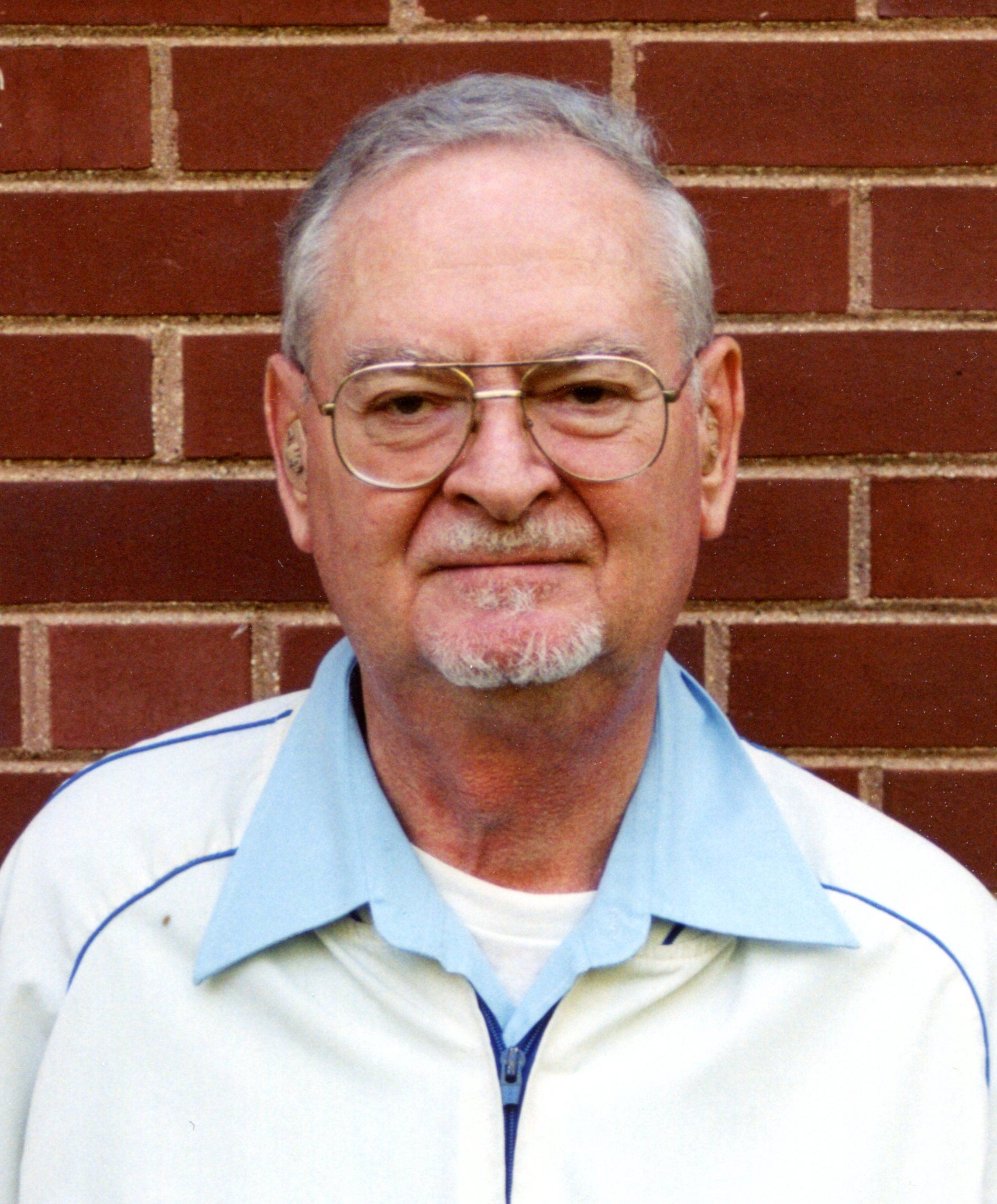Daniel Comboni
Comboni Missionaries
Institutional area
Other links
Newsletter
In Pace Christi
Charbonneau Jerome Clifford
Bro. Jerry Charbonneau was born in Waterville, Ontario, Canada, on November 7, 1929, and, by the end of his secondary school studies, was convinced that God was calling him “to bring souls into His Kingdom” as a missionary. To that purpose, in 1948 he joined the Comboni Missionaries – then known as Verona Fathers in the United States –, “the first Canadian to do so,” as he often proudly stated.
In 1952, after his novitiate and his first profession, he was sent to Verona, Italy, to continue his studies. After a year, due to a series of circumstances, in dialogue with his superiors it was mutually agreed that he would return to North America and continue his life as a Comboni Brother. The consecrated life as a Brother is indispensable to the survival work in the mission but it is not always a well understood vocation. This dichotomy between perception and reality was to be a spiritual and mental cross that Bro. Jerry had to carry throughout his life.
Back in the United States, Bro. Jerry served in various roles in a number of communities, often acting as a pioneer when a new house was to be opened. This happened in Montclair, NJ, Columbia, NJ, and Yorkville, Ill. There was even a stint in Ecuador, as an exchange, to do some plumbing installations, but he cooperated most of all at the formation houses of Cincinnati and Monroe, as well as being a help to former superior general, Fr. Antonio Todesco, who became NAP’s provincial in 1959.
Bro. Jerry also had his bit of glory at Pala, California, when he succeeded in buying a school bus for the mission among the Indians with Green Stamps!
At last, in 1967, he was sent to the mission, something he always desired. His entry permit was granted by the government of President Milton Obote who was rather hostile to Catholics. Bro. Jerry ended up in Gulu, Uganda. After lending a hand to the community of Brothers at Layibi Secondary School, he became the driver and assistant of Bishop Giovanni Battista Cesana. This enabled him to visit almost all the north of the country and to come to know many people.
In 1970, Bro. Jerry was called to Kampala as assistant to the provincial bursar. He was responsible for keeping the official documents of the province in order. He spent, therefore, endless hours in government offices waiting for visas, passports, tax forms and you name it.
When Idi Amin toppled Obote in January, 1971, the situation became tragic and the country entered an era of violence, terror and economic disaster that lasted for years. In 1974, Bro. Jerry’s nerves needed some relief and he was assigned to Comboni College in Asmara, Eritrea, which at the time was under Ethiopia, and later to the Vicariate of Hawassa, Ethiopia, as administrator and in charge of building.
With the passing of time, Bro. Jerry’s health began to deteriorate, especially the tremor in his hands so much so that he could no longer write or carry out task requiring precision. And so it was that, in 1979, he was sent across the Atlantic Ocean where he occupied various roles. He was among the first to establish a community in Ontario State, Canada, first in Cambridge and then in Kitchener. When the Mission Center of La Grange Park, Ill., opened, we find him there helping to organize the Center’s life. Bro. Jerry also spent some years in Montclair, NJ, in various posts.
In 1986, having been given a clean bill of health, Bro. Jerry was able to return to Africa, this time in Nairobi, Kenya, where he took up residence in the Comboni community of Karyobangi, one of the large shanty towns of the metropolis. There, he found satisfaction in promoting education in many ways, especially by building schools. He was engaged in this work for seven years.
Down to his last days, Bro. Jerry always fondly remembered two important moments during his time in Nairobi. The first was the building of Our Lady of Fatima Secondary School – still functioning to this day – and the second was his encounter with Mother Teresa of Calcutta, who was visiting her Sisters working in the same slum.
In 1993, Bro. Jerry returned to North America. He stayed for a short while in Cincinnati, but his health quickly began to deteriorate again. By 1995 he started the last phase of his life, marked by retirement in various senior citizens homes and by increasing disability. He returned to the Father on January 28, 2014. May he now find that peace which often eluded him in this life as he always sought “a perfect community of brothers.”
(Fr. Joseph Bragotti).
Da Mccj Bulletin n. 262 suppl. In Memoriam, gennaio 2015, pp. 11-18.

